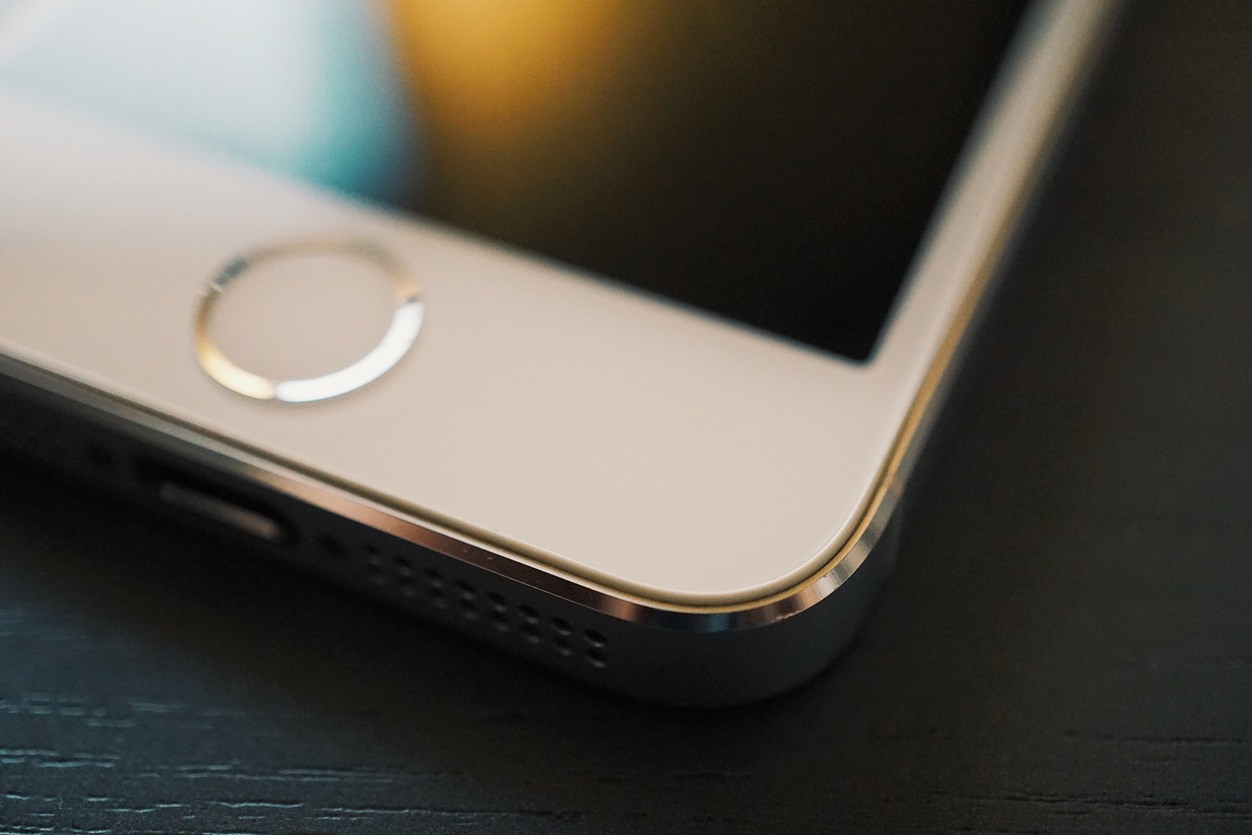Apples Wette auf Saphirglas

Apple Inc. created the blueprint for a smartphone when it covered the touch screen of its first iPhone in glass, instead of plastic. Now, it is betting $700 million that sapphire, a harder and more expensive material, can replace glass and better protect future devices.
The first sapphire display screens for the forthcoming larger iPhone and smartwatch are expected to roll off production lines this month at a Mesa, Ariz., facility that Apple opened with materials manufacturer GT Advanced Technologies Inc. At full capacity, the plant will produce twice as much sapphire as the current output from the nearly 100 manufacturers world-wide, says Eric Virey, a senior analyst at French research firm Yole Développement.
„Nobody has ever invested this much money on sapphire,“ Mr. Virey says.
„Die Wette“ dreht sich nicht um ein paar läppische Hundert Millionen US-Dollar als Anfangsinvestition, sondern um die nächste Generation der iPhones. Eine Produktkategorie, die über 50-Prozent von Apples Firmenumsatz ausmacht.
Ein Wechsel von Gorilla Glass auf Saphirglas ist noch ein Alleinstellungsmerkmal. Cornings Gorilla Glass ist heute nämlich der De-facto-Standard. Das wirft die Frage auf: Wie gut kann Saphirglas wirklich sein, dass Apple dies a) großflächig zuerst in seinem wichtigsten Produkt verbaut und b) dafür Einbußen in der Marge akzeptiert?